Revealing insights into the human condition and repairing brain disorders via novel tools for mapping and fixing brain computations.


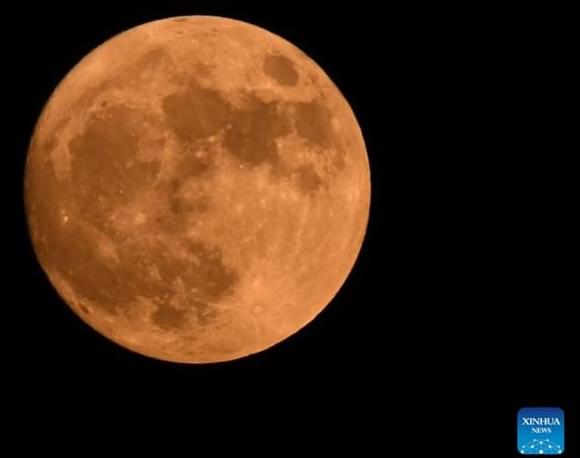
China released the world’s first set of high-precision geological maps of the moon drawn by China’s scientific research team on Sunday, mainly based on scientific exploration data from the Chang’e Project.
The highest precision geological atlas of the whole moon, with a scale of 1:2.5 million, can visualize the craters on the lunar surface, rocks and minerals found on the satellite of the Earth, and what kind of geological activity the moon has experienced.
As the internationally used geological maps of the moon obtained by the Apollo program of the US cannot reflect the latest research results of mankind in recent decades, they are no longer able to meet the needs of future scientific research and lunar exploration, according to the Chinese Academy of Sciences (CAS).
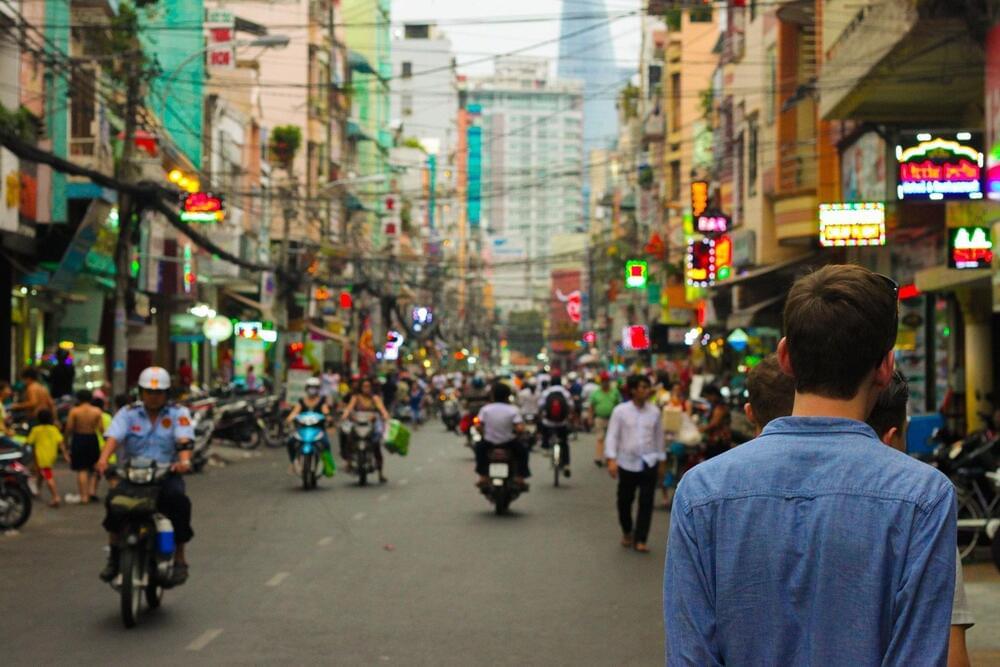
Land subsidence is overlooked as a hazard in cities, according to scientists from the University of East Anglia (UEA) and Virginia Tech. Writing in the journal Science, Prof Robert Nicholls of the Tyndall Center for Climate Change Research at UEA and Prof Manoochehr Shirzaei of Virginia Tech and United Nations University for Water, Environment and Health, Ontario, highlight the importance of a new research paper analyzing satellite data that accurately and consistently maps land movement across China.

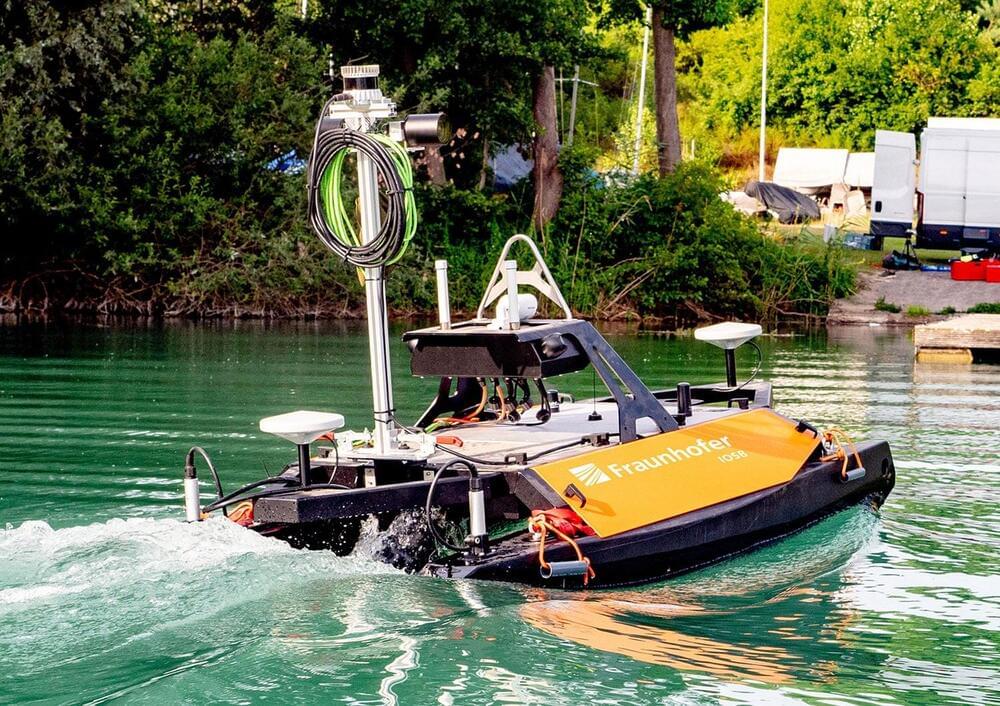
Fraunhofer researchers developed an easy-to-operate, unmanned watercraft that autonomously surveys bodies of water both above and below the surface and produces corresponding 3D maps.
The unmanned watercraft uses its GPS, acceleration and angular rate sensors, and a Doppler velocity log (DVL) sensor to incrementally feel its way along the bottom of the body of water. In combination with mapping software, laser scanners, and cameras enable the device to reconstruct high-precision 3D models of the surroundings above water. A multi-beam sonar integrated into the sensor system is used for underwater mapping and creating a complete 3D model of the bed.
“Our navigation system is semi-automatic in that the user only needs to specify the area to be mapped. The surveying process itself is fully automatic, and data evaluation is carried out with just a few clicks of the mouse. We developed the software modules required for the mapping and autonomous piloting,” explains Dr. Janko Petereit, a scientist at Fraunhofer IOSB.
During the journey, it autonomously avoids obstacles detected by the laser scanner and sonar and generates a 3D model in real time for navigation purposes, including dynamic objects such as moving vessels.
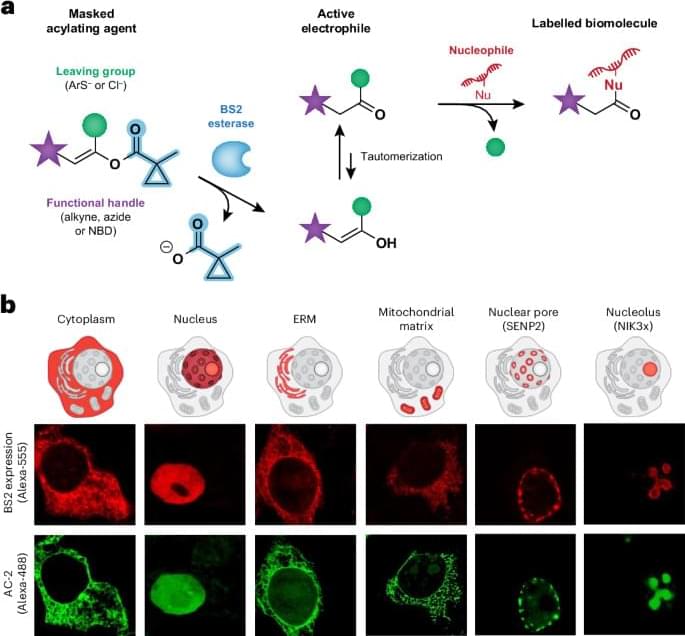
A non-radical proximity labelling platform — BAP-seq — is presented that uses subcellular-localized BS2 esterase to convert unreactive enol-based probes into highly reactive acid chlorides in situ to label nearby RNAs. When paired with click-handle-mediated enrichment and sequencing, this chemistry enables high-resolution spatial mapping of RNAs across subcellular compartments.

Ever wonder where all the active supermassive black holes are in the universe? Now, with the largest quasar catalog yet, you can see the locations of 1.3 million quasars in 3D.
The catalog, Quaia, can be accessed here.
“This quasar catalog is a great example of how productive astronomical projects are,” says David Hogg, study co-author and computational astrophysicist at the Flatiron Institute, in a press release. “Gaia was designed to measure stars in our galaxy, but it also found millions of quasars at the same time, which give us a map of the entire universe.” By mapping and seeing where quasars are across the universe, astrophysicists can learn more about how the universe evolved, insights into how supermassive black holes grow, and even how dark matter clumps together around galaxies. Researchers published the study this week in The Astrophysical Journal.
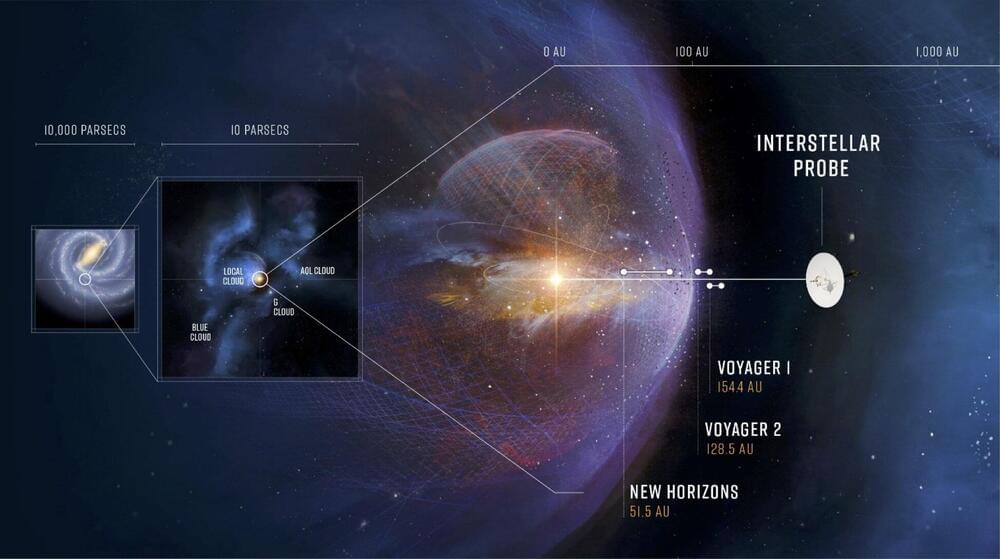
The heliosphere—made of solar wind, solar transients, and the interplanetary magnetic field—acts as our solar system’s personal shield, protecting the planets from galactic cosmic rays. These extremely energetic particles accelerated outwards from events like supernovas and would cause a huge amount of damage if the heliosphere did not mostly absorb them.
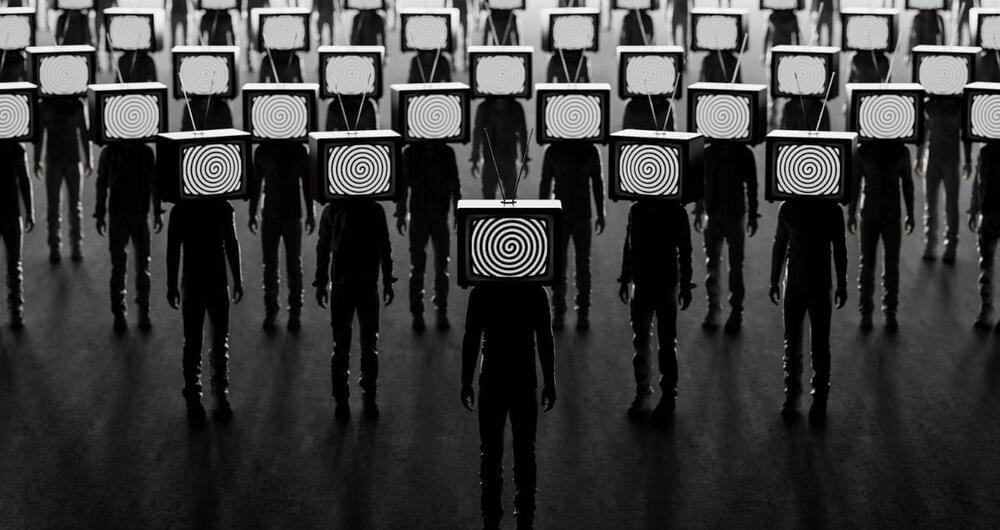
This article includes computer-generated images that map internet communities by topic, without specifically naming each one. The research was funded by the US government, which is anticipating massive interference in the 2024 elections by “bad actors” using relatively simple AI chat-bots.
In an era of super-accelerated technological advancement, the specter of malevolent artificial intelligence (AI) looms large. While AI holds promise for transforming industries and enhancing human life, the potential for abuse poses significant societal risks. Threats include avalanches of misinformation, deepfake videos, voice mimicry, sophisticated phishing scams, inflammatory ethnic and religious rhetoric, and autonomous weapons that make life-and-death decisions without human intervention.
During this election year in the United States, some are worried that bad actor AI will sway the outcomes of hotly contested races. We spoke with Neil Johnson, a professor of physics at George Washington University, about his research that maps out where AI threats originate and how to help keep ourselves safe.
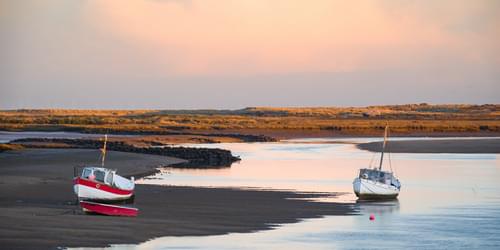
A new gravimeter is compact and stable and can detect the daily solar and lunar gravitational oscillations that are responsible for the tides.
Gravity measurements can help with searches for oil and gas or with predictions of impending volcanic activity. Unfortunately, today’s gravimeters are bulky, lack stability, or require extreme cooling. Now researchers have demonstrated a design for a small, highly sensitive gravimeter that operates stably at room temperature [1]. The device uses a small, levitated magnet whose equilibrium height is a sensitive probe of the local gravitational field. The researchers expect the design to be useful in field studies, such as the mapping of the distribution of underground materials.
Several obstacles have impeded the development of compact gravimeters, says Pu Huang of Nanjing University in China. Room-temperature devices generally use small mechanical oscillators, which offer excellent accuracy. However, they are made from materials that exhibit aging effects, so these gravimeters can lose accuracy over time. Much higher stability can be achieved with superconducting devices, but these require cryogenic conditions and so consume lots of power and are hard to use outdoors.